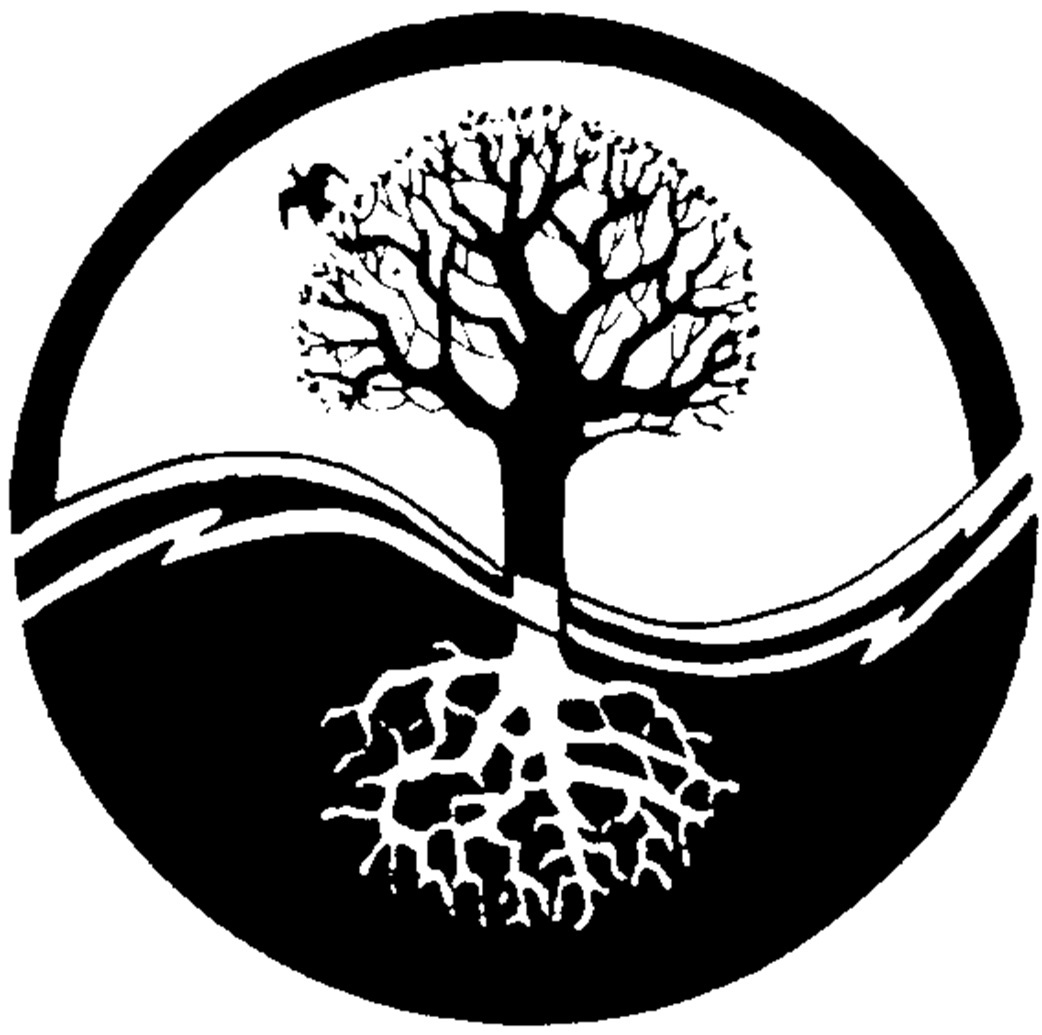Mindful Breathing Reduces Anxiety

One of the foundations of mindfulness theory is that people’s bodies adapt to the most commonly experienced state.

When someone is in chronic pain, for example, over time the body adapts to that as the norm and adjusts itself so that even a small event can quickly cascade into the pain cycle and start the process of worsening.
I once had a terrible itchy rash that lasted for 2 years. I finally realized a medication I was taking had started the problem and I stopped taking it immediately. However, for a year or more after I stopped taking the medication, I would eat something that had gotten caught up in the rash response, even though originally caused by the medication, and the food would trigger a rash response on its own. In other words, my body had gotten used to having a rash and even when it was no longer exposed to the medication it kept the rash going in response to other events that initially were unrelated. It was horrible and required me to pay very close attention to my body and where it was in the rash cycle so I could identify and stop whatever it was that triggered the rash response.
Neurofeedback works in a similar way. Neurofeedback is also called biofeedback for the brain. A person is hooked up to the computer using electrodes and the screen displays real-time information about their brain waves. People have a baseline brain wave pattern that their body develops over time, based on a combination of factors including genetics, tension or focus levels, anxiety, and perhaps sleep patterns, to name a few. The background brainwaves adjust to these ongoing body states and even begin to support an emotional framework that may be counterproductive to healthy daily functioning. Neurofeedback enables a person to visualize their brainwave pattern and use that information to intentionally shift the baseline brainwaves so that the body eventually adapts to a new pattern causing their background emotional state to shift as well. It’s an amazing process.
So, why am I telling you this? Understanding the process of background physiological functioning is important because a similar process occurs in response to anxiety. It starts with a genetically based response to tension that increases or decreases with events in our lives. Eventually, we have a baseline degree of tension that is present almost every day. The body adjusts to these tension levels over time; increasing with ongoing excessive nervous system arousal or decreasing in response to lower levels. High amounts of daily anxiety can trigger problems with blood pressure, heart functioning, immune system response, inflammation, as well as an inability to relax and sleep well. As you can see, this is a huge problem, especially as we get older and the patterns continue to escalate.
Research on healthy living indicates that one of the best things we can do is lower our nervous system anxiety so that our body uses the energy typically used for being anxious for other body processes such as exercise, thinking clearly, and fighting disease.
Breathing is one of the few body functions that we can perform either unconsciously or consciously, unlike heart beat or digestion which are automatic. The ability to direct our breathing gives us a powerful tool to help calm ourselves. Using breathing to reduce anxiety is very effective and if we practice conscious calm breathing at least twice a day even for only a few minutes we can start to give our body a different calmer baseline state. This can be amazingly effective at shifting our background emotional state out of anxiety. Breathing to reduce anxiety can also help the body build fitness, improve mental capacity, and strengthen our immunity, something we all need more than ever during these stressful days of the COVID-19 pandemic.
With this in mind, check out the video here. It’s a great example of how someone might get started using breathing to self soothe.
Brief Mindfulness meditation focused on breath

